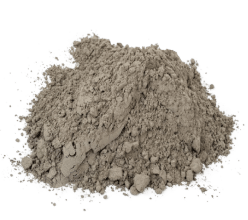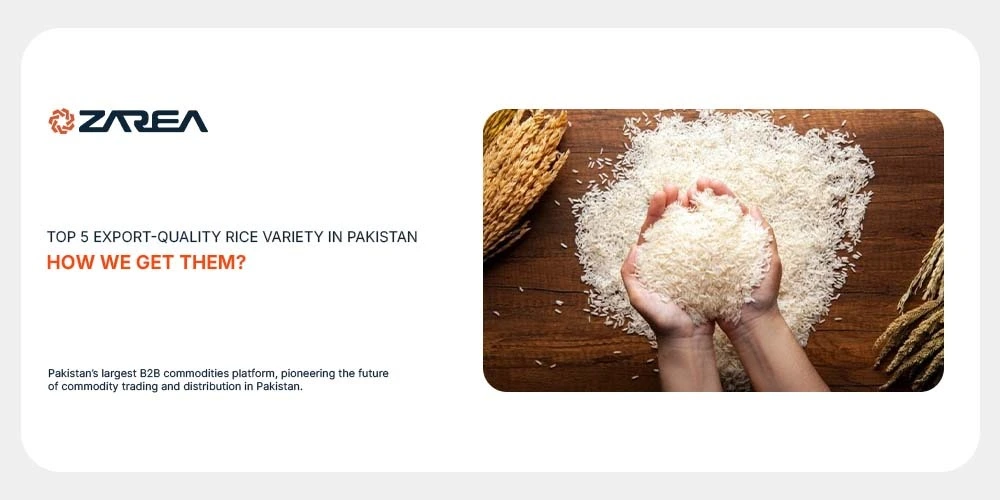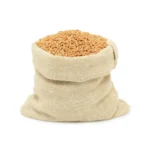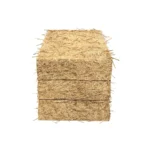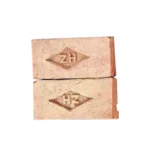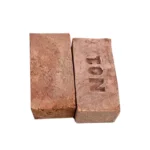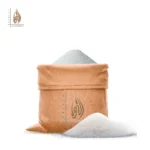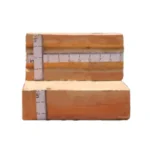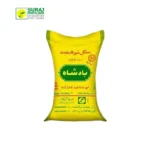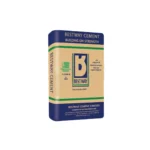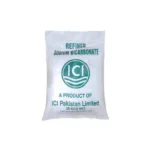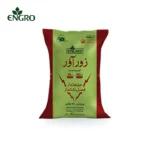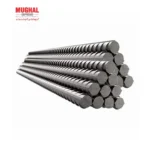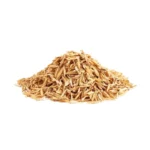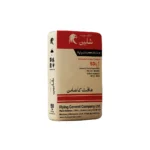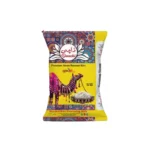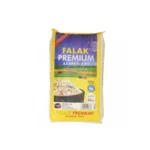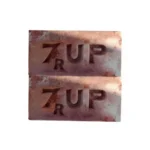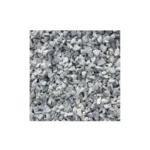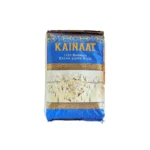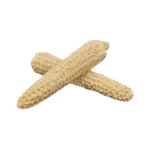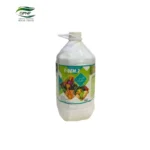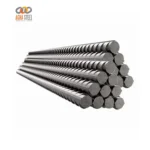Introduction – Rice Variety in Pakistan:
Pakistan occupies a distinguished position in the exporting of high-quality rice world. Our nation produces some of the best rice grains that people around the world prize. Thanks to our rich soils, perfect climate, and centuries of agricultural experience, which help to produce them. Although every type of rice in Pakistan has a distinct taste, texture, and grain structure. Yet this structure makes it suitable for both local and foreign cooking so far. Meanwhile, it ranges from fragrant basmati to high-yielding non-basmati varieties.
In this blog post we are examining the top five export-quality rice variety in Pakistan. We also justify their traits and define where to get them for domestic or commercial use.
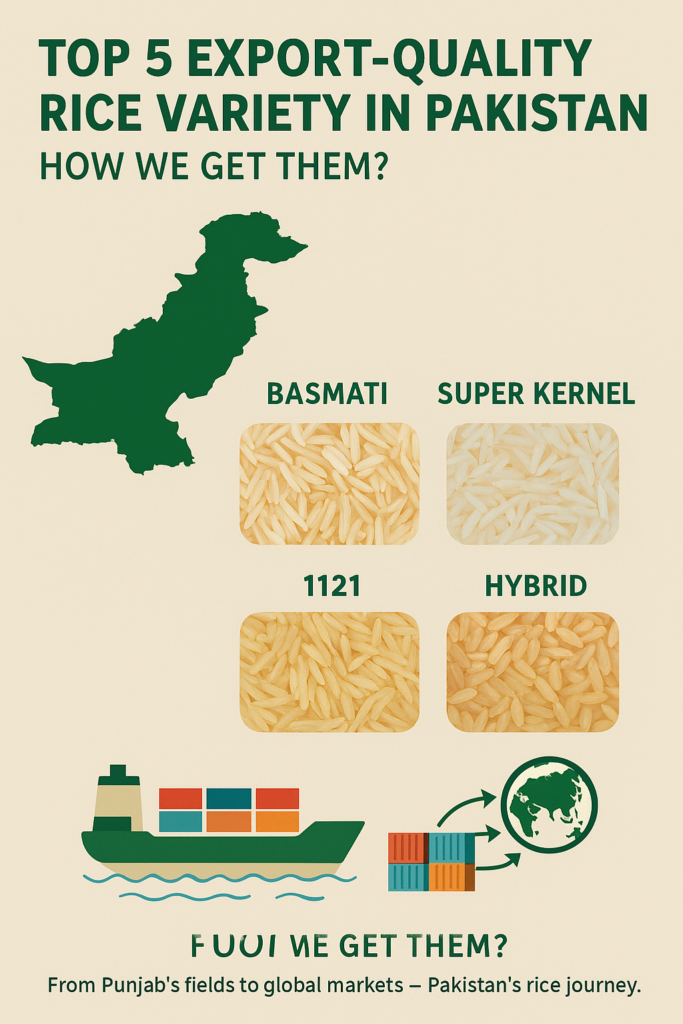
1121 Basmati Rice – The King of Long Grains:
It has an exceptional cooking quality of 1121 Basmati rice with ultra-long grain (average – 8.2 mm) and a fragrant flavor. That’s why this texture makes it the most famous rice type in Pakistan. After cooking these grains stay distinct, fluffy, and extended for long which is a plus. It’s the dream of an expert to serve gourmet meals like pulao and biryani well. So what more do you want as a chef! That’s why this texture makes it the most famous rice type in Pakistan. After cooking these grains stay distinct, fluffy, and extended for long which is a plus. It’s the dream of an expert to serve gourmet meals like pulao and biryani well. So what more do you want as a chef?
Visit Zarea today to view product listings, place your bulk buy order, and receive the most latest prices! Pakistan’s largest business-to-business (B2B) commodities marketplace, setting the standard for future commodity distribution and trade in the nation.
1121 Basmati Rice Types:
- White: Perfect for daily cooking and naturally fragrant.
- Steam: Resists heat and retains its integrity during cooking.
- Sella (parboiled): Packed with nutrients, firm to the touch, and long-lasting.
Purchasing Advice: Punjab’s top exporters are the rice mills located in Sialkot, Gujranwala, and Hafizabad. For large purchases, you can also get in touch with approved exporters via websites like Zarea or REAP (Rice Exporters Association of Pakistan).
Super Kernel Basmati – The Best Option for Fragrance:
Farmers grow Super Kernel Basmati Rice only in the rich areas between the Ravi and Chenab rivers. It has a 7.2 mm grain length, a unique scent, and a thin form that elongates wonderfully when cooked. To improve its flavor and aroma, producers usually keep this rice for six to twelve months.
Super Kernel Basmati rice has the unwavering quality and unparalleled flavor that make them a popular option these days. As this option has upscaled it for dining establishments and export markets in the Middle East, Europe, and North America.
Sourcing Tip: Check export listings on TDAP (Trade Development Authority of Pakistan) or search for reliable suppliers in the districts of Sheikhupura and Narowal in Punjab ditrict.
IRRI-6 – Economical & High in Demand:
IRRI-6 is a mainstay of non-Basmati rice variety in Pakistan for those seeking price without sacrificing quality. Farmers commonly grow it in the Sindh region, and it has an average grain length of 6.0 mm. Chefs prize it for its robust cooking ability, good yield, and soft texture. Because exporters may offer it in different broken percentages (5%, 10%, 25%, and 100%), bulk importers and the food processing industry have a variety of options.
Sourcing Tip: IRRI-6 processing and export are concentrated in Karachi, Larkana, and Thatta. For large orders, exporters situated in Sindh provide reasonable pricing.
PK-386 – A Versatile Performer:
Developed at the Rice Research Institute in Kala Shah Kaku, PK-386 is a long-grain non-aromatic rice variety that is early-maturing and high-yielding. The average grain length measures 6.8 mm, and consumers value it for its price, clean look, and superb cooking outcomes.
Although it lacks the scent of Basmati, producers regard it as a dependable export-quality rice that companies utilize in value rice packaging, catering, and institutions.
Procurement Advice: Widely available in the districts of Sheikhupura and Gujranwala in Punjab. Central Punjab’s rice processing facilities or reputable vendors can handle large requests.
D-98 (Sindhi Basmati) – The Hidden Gem:
Cultivated mostly in Sindh, D-98 rice, often known as Sindhi Basmati, is a lesser-known yet excellent fragrant rice type in Pakistan. It is less expensive than Super Kernel Basmati and has pearl-white grains and a pleasant scent.
D-98, which has an average grain length of 6.8 mm, is becoming more and more well-liked in the Gulf and African markets since it offers the cooking capabilities of premium rice without the expensive cost.
Sourcing Tip: Two important production locations are Hyderabad and Nawabshah. For clients from abroad, local exporters in Sindh frequently provide D-98 in bulk packing.
Why Pakistan’s Rice Industry is Flourishing:
Pakistan is one of the world’s leading suppliers of rice because of:
- several agroclimatic zones that are suitable for both non-Basmati and Basmati rice.
- sophisticated grading and milling methods.
- International certifications (HACCP, ISO, Halal) and strict quality control.
- Affordable prices and large quantities are available.
Where to Source Export-Quality Rice in Pakistan?
- For buyers seeking verified suppliers and consistent quality, consider these platforms:
- Zarea – A rising B2B marketplace for sourcing grains and commodities.
- REAP – Rice Exporters Association of Pakistan’s member directory.
- Alibaba and Tradekey – Find it on these registered Pakistani exporters with verified credential.
- Local Rice Mills – In areas like Karachi, Lahore, Kamoke, and Gujranwala which have hundreds of registered rice mills for sourcing.
Note: Always confirm certificates, export records, and packing specifications in order to place foreign orders for flawless experience.
Final Thoughts:
From the practical adaptability of IRRI-6 and PK-386 to the regal aroma of Basmati, every rice variety in Pakistan has something special to offer. Knowing where and what to source may make all the difference in terms of quality and price, whether you are a rice importer, owner of a culinary business, or just a rice aficionado.
Discover Pakistan’s rich history and get started in one of the most potential rice export sectors in the world right now!
FAQ’s:
How many varieties of rice are there in Pakistan?
Pakistan produces three outstanding rice types according to recent assessments. These rice are proudly used nationwide for both domestically and on international markets. These include strong grain (cold resistant cultivars), IRRI variety (medium long grain), and fragrant Basmati.
Which type of rice is best in Pakistan?
Punjab has been the birthplace of this specific basmati rice type so far. That’s why it has a distinctive flavour that is unmatched worldwide. Although this is Natural Extra Long Grain Basmati rice of Pakistan. Yet it is just as tasty as the rest of Pakistan’s famously delectable basmati rice.
What is 1718 rice variety in Pakistan?
Another name for the 1718 rice variety is High-yielding basmati rice. Pakistani farmers grow Pusa 1718 just because it’s magnificently fragrant. It’s renowned for its resilience to bacterial leaf blight and its weather-resistant nature. Meanwhile breeders developed it as a better cultivar of the well-liked Pusa 1121 variety. Moreover 1718 Basmati rice is a premium type in the culinary world because of its long, thin grains. So basically, it’s a rich, unique scent and pearly white looking rice which makes it a unique choice.
What is 1847 rice variety in Pakistan?
USA Basmati 1847 is a popular early-maturing, drought-resistant, high-yielding rice cultivar in Pakistan. Its consistent grain size, superior cooking quality and environmental flexibility make it a famous choice of rice nationwide. Meanwhile its water efficiency and resistance to diseases including bacterial blight and blast make it a game changer rice variety. Moreover, its cultivar also supports sustainable agricultural better ones.
Which is the king of rice in Pakistan?
The king of rice is Super Kernel Basmati rice. The subcontinent is the only place where this premium quality Basmati rice is grown.
